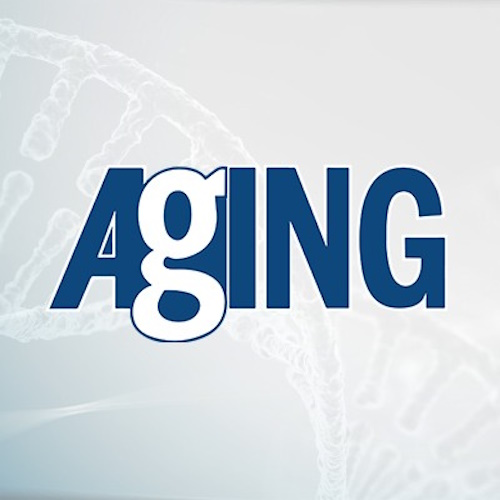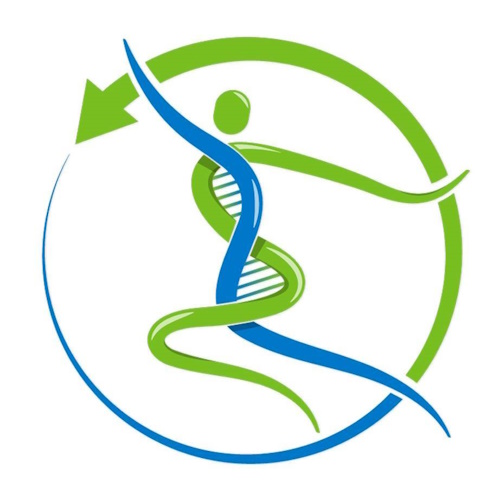Key points from article :
Genomic instability is the result of gradual damage to DNA in ways that are not naturally repaired.
Broken ends of DNA double helix link together, preventing it from being repaired.
Two main repair mechanisms are non-homologous end joining (NHEJ) and homologous recombination (HR).
Aged cells had significantly less NHEJ activity and HR activity than young donors.
Less 53BP1 was found at double-strand breaks in the aged donor cells
RAD51 was found to be reduced in the aged cells.
Problem lies with their recruitment to the sites of double-strand breaks.
Future efforts addressing the mechanism would allow the restoration of DNA and prevent genomic instability in older individuals.
These findings were specific to mammary epithelial cells with double-strand breaks induced by radiation.
It is unknown whether the same results would have been found in vivo.
Research by Universitat Autonoma de Barcelona published in the journal Aging.






